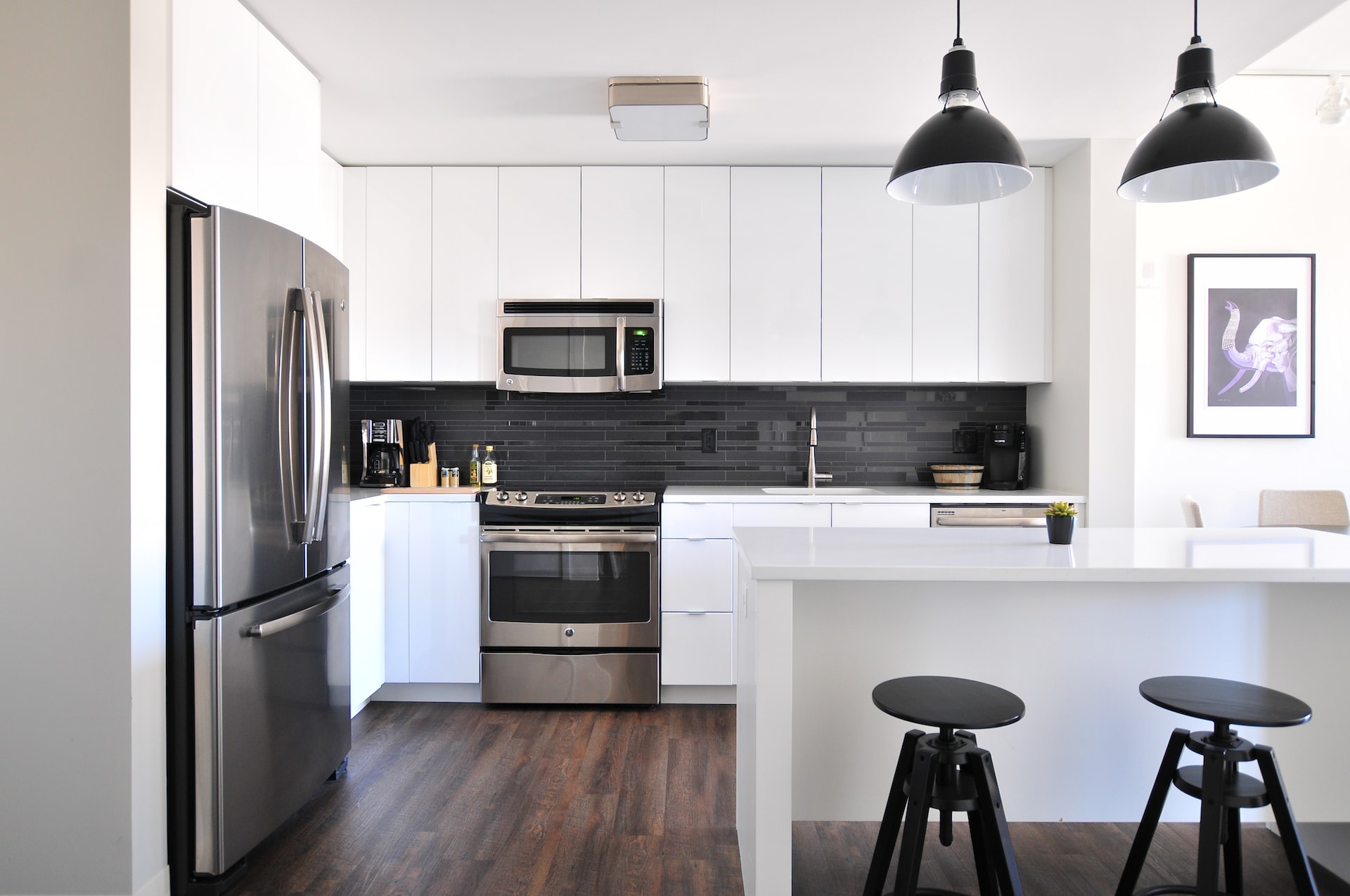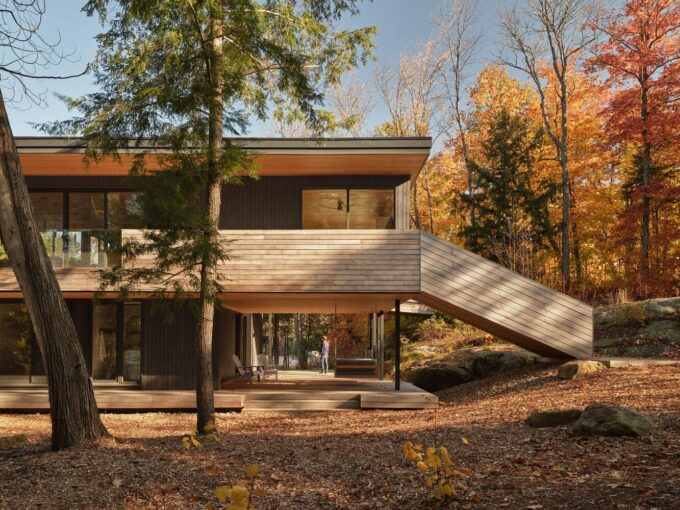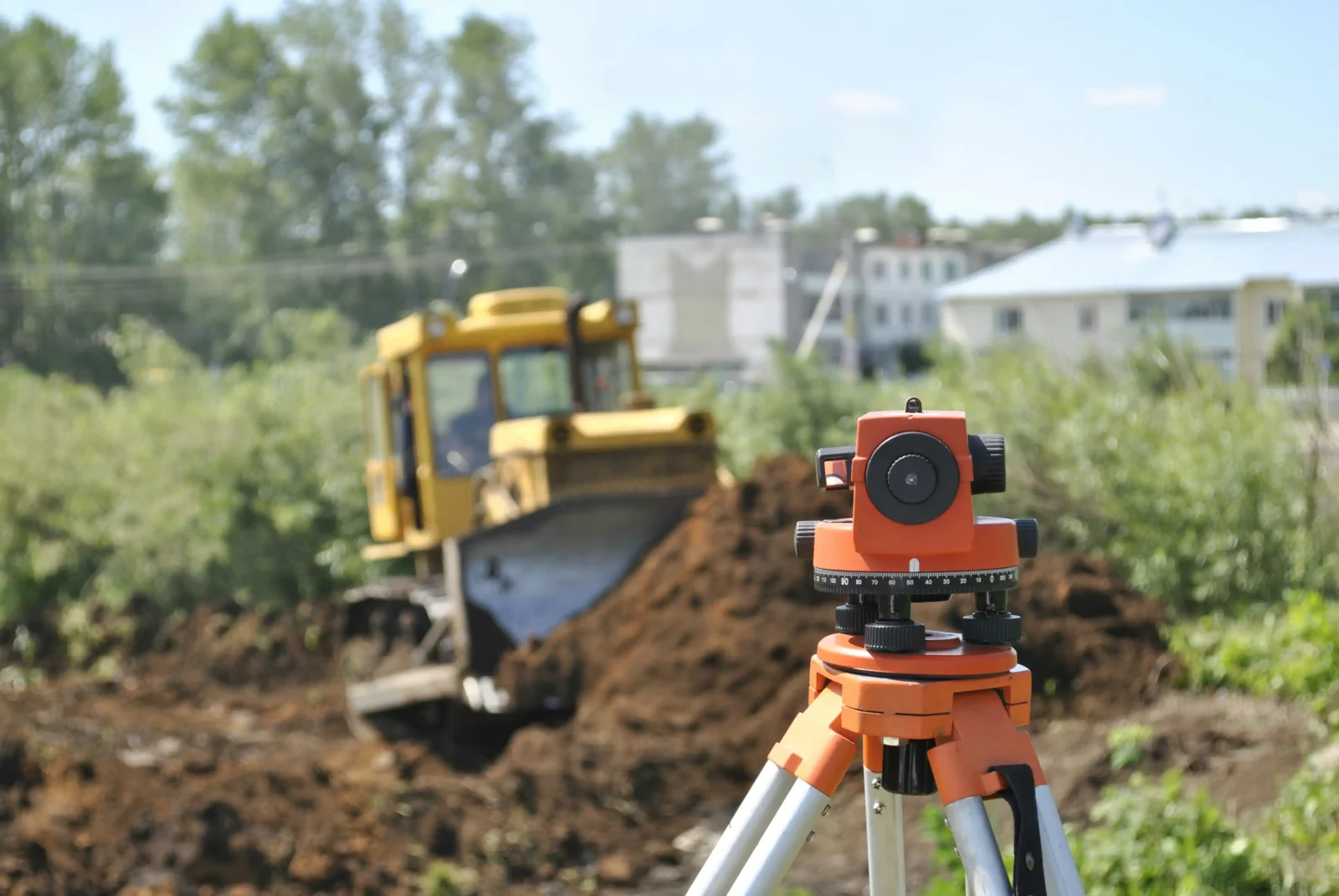- Home
- Articles
- Architectural Portfolio
- Architectral Presentation
- Inspirational Stories
- Architecture News
- Visualization
- BIM Industry
- Facade Design
- Parametric Design
- Career
- Landscape Architecture
- Construction
- Artificial Intelligence
- Sketching
- Design Softwares
- Diagrams
- Writing
- Architectural Tips
- Sustainability
- Courses
- Concept
- Technology
- History & Heritage
- Future of Architecture
- Guides & How-To
- Art & Culture
- Projects
- Interior Design
- Competitions
- Jobs
- Store
- Tools
- More
- Home
- Articles
- Architectural Portfolio
- Architectral Presentation
- Inspirational Stories
- Architecture News
- Visualization
- BIM Industry
- Facade Design
- Parametric Design
- Career
- Landscape Architecture
- Construction
- Artificial Intelligence
- Sketching
- Design Softwares
- Diagrams
- Writing
- Architectural Tips
- Sustainability
- Courses
- Concept
- Technology
- History & Heritage
- Future of Architecture
- Guides & How-To
- Art & Culture
- Projects
- Interior Design
- Competitions
- Jobs
- Store
- Tools
- More
The Rise of Smart Buildings: Construction and Technology
Smart buildings are on the rise in the UK. With the main driving forces being sustainability (notably working towards net zero targets), health and safety concerns, and keeping up with energy bills amid gas price rises, it’s no wonder that people are looking to take advantage of technological advances.

Smart buildings are on the rise in the UK. With the main driving forces being sustainability (notably working towards net zero targets), health and safety concerns, and keeping up with energy bills amid gas price rises, it’s no wonder that people are looking to take advantage of technological advances.
If you’re not sure what smart buildings are or how they might be useful for your business, read on.
Table of Contents
ToggleWhat are smart buildings?
In a nutshell, a smart building uses technology to make the most of resources. As well as helping to prevent wastefulness, smart buildings are designed to provide a safe and comfortable environment for their occupants.
Made possible by IoT sensors, AI, and robotics, smart buildings really are smart.

How to utilise smart building technology
But how does smart technology actually work? Here are just some of the ways in which you can level up your buildings.
- Automation – In a smart building, core systems are linked together. IoT sensors and building management systems share information with each other, which can enable the automation of heating, ventilation, lighting, air conditioning or even security to match the building’s use patterns.
- Integration – Smart buildings are designed to integrate data between systems to provide helpful solutions. For example, by integrating an IoT occupancy sensor with a meeting-room booking system, you can easily let employees know which meeting rooms are free, occupied or fully booked.
- Space optimisation – It’s no secret that space is at a premium but smart buildings can help you to see whether you’re using more or less room than you need. Using smart technology, it’s easy to evaluate whether you have the right number of meeting rooms, see if your communal spaces are becoming too crowded, and understand whether your working spaces are fit for purpose.
What are the benefits of smart buildings?
You’ve seen some of the functionality of smart buildings – but they also offer several more primary and secondary benefits.
- They help to lower energy consumption – Closer monitoring of a building’s energy use and automated management allow you to significantly lower your energy consumption and help your business to reach its 2050 net-zero goals.
- Reducing costs – With energy prices rising across the board, many businesses are feeling the pinch. But smart buildings help to identify and take advantage of opportunities to lower spending.
- They improve public and employee health – When smart buildings are created, they’re designed with careful attention to the layout, intended use, facilities and functions. All of these combined have a positive impact on the physical and mental health of employees.

What to consider when building a smart building
If you’re sold on getting a smart building, there are a few things to consider.
Firstly, you need to have a robust wireless infrastructure. As smart buildings are built upon a network of wireless systems, you’ll need to invest in that framework.
Secondly, you’ll want to start small and build your way up. Although you might want to have IoT motion sensors in all your meeting rooms, as well as smart heating and automatic ventilation, starting small and building upwards means that you can nail each element before adding more.
You’ll also need to make sure that your current building is suitable for a retrofit. If your premises can be retrofitted, you may also wish to consider construction insurance for your project that includes technology and cyber cover.
Will you leap and go smart?
illustrarch is your daily dose of architecture. Leading community designed for all lovers of illustration and #drawing.
Submit your architectural projects
Follow these steps for submission your project. Submission FormLatest Posts
Key Features to Look for When Investing in Construction AI Cameras
Continuous monitoring is crucial on construction sites for effective accident prevention. Artificial...
Why Legal Support Is Critical After a Serious Construction Accident
If you are dealing with a construction accident or have ever watched...
7 Common Myths Every Contractor Should Stop Believing
The construction landscape is a complicated place at the best of times,...
Automation in Construction: Why Human Safety Still Matters
Automation in construction can cut injuries, but new risks emerge. Learn practical...












Leave a comment